Rebuilding the Gulf’s Shattered Fishing Industry ? On Land
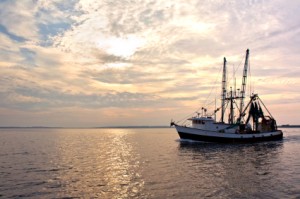 Today NOAA announced further fishing closures in the Gulf of Mexico due to the BP Deepwater Horizon oil spill. Now a total of 37 percent of federal Gulf waters are off limits to fishing, an area of nearly 89,000 square miles where NOAA considers fish and shellfish potentially too toxic for human consumption. For a region where commercial fishing is a vital part of the economy, the future of the region grows increasingly uncertain with each barrel of oil spewed into the deep Gulf waters.
Today NOAA announced further fishing closures in the Gulf of Mexico due to the BP Deepwater Horizon oil spill. Now a total of 37 percent of federal Gulf waters are off limits to fishing, an area of nearly 89,000 square miles where NOAA considers fish and shellfish potentially too toxic for human consumption. For a region where commercial fishing is a vital part of the economy, the future of the region grows increasingly uncertain with each barrel of oil spewed into the deep Gulf waters.
There’s a solution: Rebuild the Gulf of Mexico fishery on land. Investing in “next-generation” sustainable land-based, closed-containment recirculating aquaculture systems (RAS) could keep the Gulf region in the seafood business profitably, while creating green jobs and reducing fishing pressure on wild stocks. What is “next-generation” RAS aquaculture? From the outside, many of the systems look like an ordinary warehouse. Inside, they’re a specially-constructed system of pumps and filters that recycle 99 percent of their water and grow healthy and heathful fish without chemicals, antibiotics or genetically-modified anything.
 Fish Tanks in a Next-Generation Recirculating Aquaculture System |
|---|
RAS systems are scalable, ranging from small “backyard systems” to small systems that can feed a neighborhood to large-scale commercial facilities like the eel facility I toured in Denmark that produces 1,000 tons per year, an amazing 20 percent of the European demand. And because there’s no effluent or contact with the ocean, they function without the problems that plague traditional aquaculture that grow fish grown in cages and net pens sitting in our coastal or offshore waters. Such systems pollute the surrounding waters, infect wild fish with disease, and fish sometimes escape, a problem that can be especially serious in areas like British Columbia, where the non-native Atlantic salmon is grown in Pacific waters. You can put RAS systems just about anywhere. There’s one in Brooklyn. They can be built in urban brownfields or in the middle of Kansas. Since they can be located closed to market, fish can be delivered faster and fresher, without anywhere near the “carbon miles” needed to transport most of the fish we eat from distant ports to our refrigerators.
To top it off, these systems are profitable. Return on investment of 30 to 40 percent is not uncommon. And they’ve been proven profitable at commercial scale. There have been significant commercial operations for nearly 20 years in Europe, Asia and Australia, but the Americas have lagged behind. Fortunately, that’s about to change. A major push is underway in British Columbia to bring the salmon farming industry onto land. This past April, representatives from industry, government, investors, academia, First Nations, and environmental and conservation foundations came together to examine the current status closed-containment aquaculture, discuss potential barriers to creating this new growth industry in British Columbia and develop an action plan to aid in moving this industry forward. A report just released by Canada’s SOS Marine Conservation Foundation concludes that land-based, closed-containment RAS for growing salmon in BC would be profitable and could sustain an aquaculture industry that is both sustainable and profitable. An investor’s workshop to take place on June 7 in Vancouver will assemble the funding for the first projects.
Even before the BP spill the plight of wild fish in the Gulf wasn’t a pretty picture. Years of overfishing seriously depleted fish populations, including 14 species of snapper, grouper and reef fish. These are long-lived, slow-growing animals that take years to recover. The Gulf’s red snapper have been overfished for nearly two decades and could take more than three decades to recover.
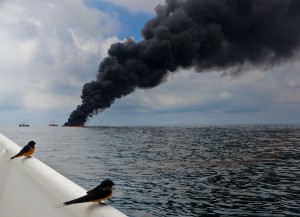 Helping the Gulf states implement this technology does not constitute public assistance or relief aid — it’s an investment in a long-term, profitable, sustainable and green-job-creating industry with enormous environmental benefit beyond the immediate oil spill impacts.
Helping the Gulf states implement this technology does not constitute public assistance or relief aid — it’s an investment in a long-term, profitable, sustainable and green-job-creating industry with enormous environmental benefit beyond the immediate oil spill impacts.
As the oil spill continues to spread throughout the Gulf, the inadequacy of the cleanup effort is evident, a neglectful lack of vision. Now it will take exceptional vision to restore and invent a new, sustainable future for the Gulf of Mexico and its hard-working residents. RAS should be part of that vision.
Related Articles:
Sustainable Salmon Farming: New Developments and Promise for British Columbia
Next-Generation Aquaculture: The Future of Fishing on Planet Earth
Alliance for Sustainable Aquaculture (ASA)
Sustainable Land-Based Aquaculture in Action:

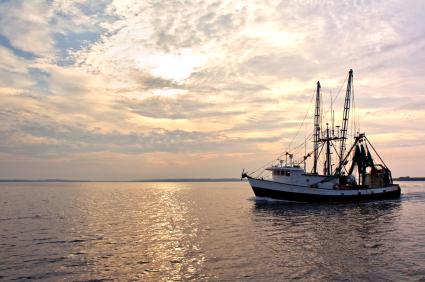

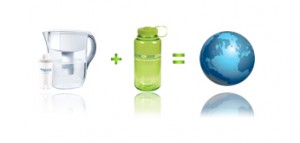

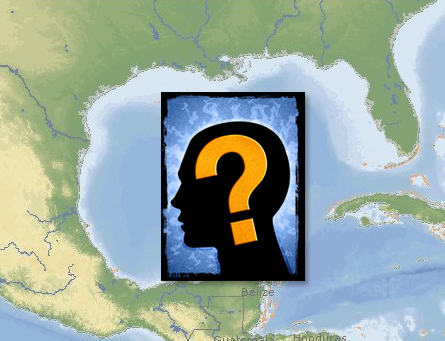
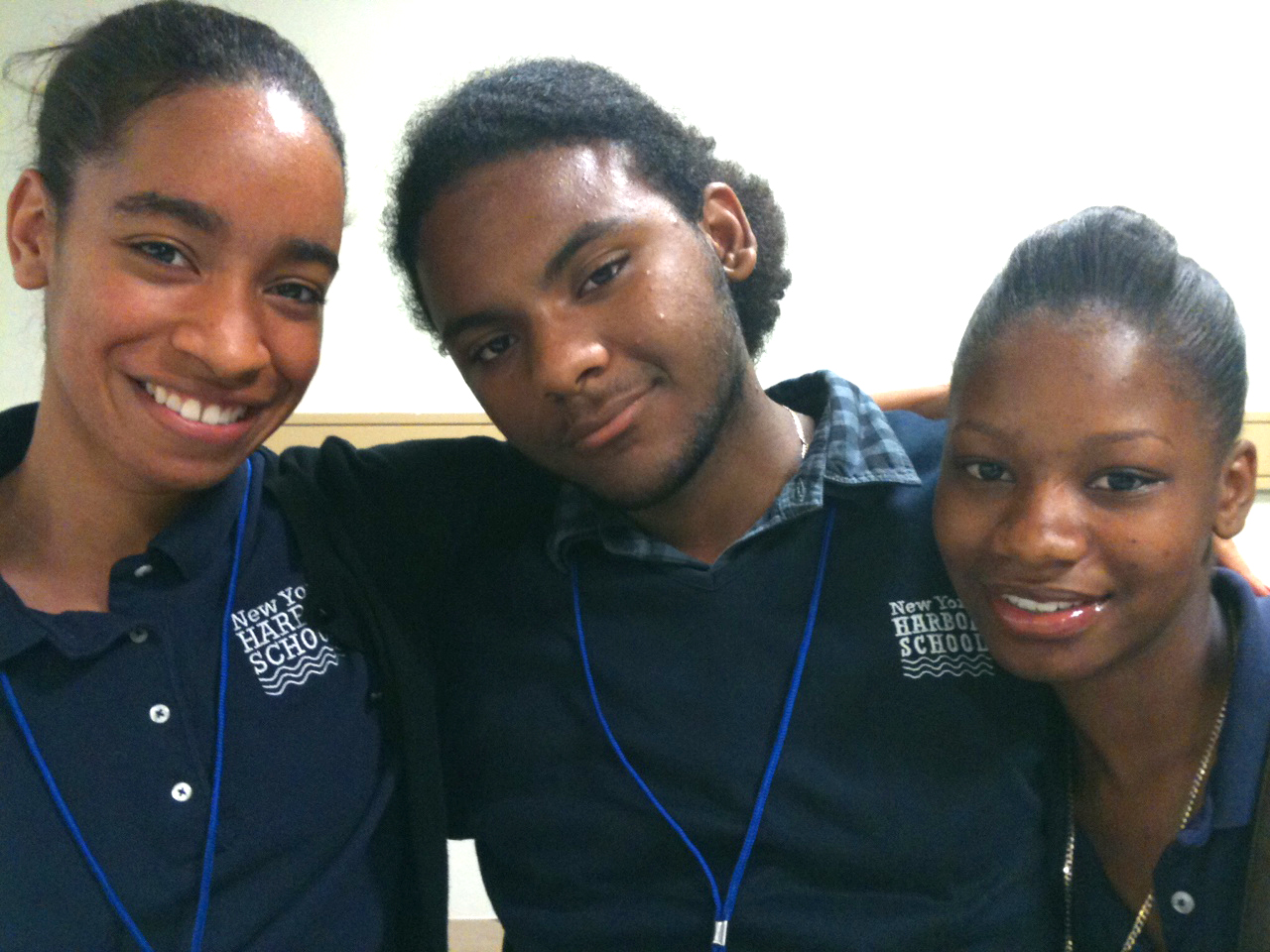
I agree with you. My concurring blog posted May 3, 2010
http://bit.ly/d3kJjM